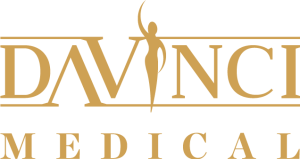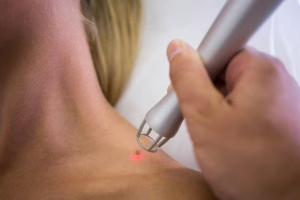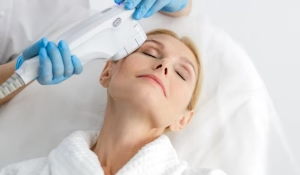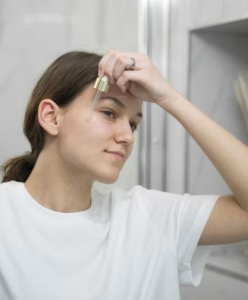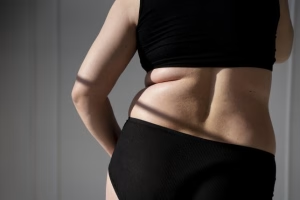August 12, 2024
Botox for Wrinkles & Fine Lines | Da Vinci Clinic
Botox, or botulinum toxin type A, is a neurotoxic protein derived from the bacterium Clostridium botulinum. It is widely recognized for its use in aesthetic medicine, particularly for reducing the appearance of wrinkles and fine lines. By temporarily blocking nerve signals to the muscles, Botox prevents muscle contractions, which helps relax the skin and smooth out facial creases
In aesthetic applications, Botox is most commonly used to address specific areas of the face, including forehead lines, crow’s feet around the eyes, and frown lines between the eyebrows. These wrinkles often result from repetitive facial expressions and aging. The procedure is quick, typically taking only a few minutes.
Patients generally experience minimal discomfort, and the effects of the treatment can be seen within a few days, lasting approximately three to four months before a follow-up treatment is necessary to maintain results.
Beyond wrinkle reduction, Botox offers additional cosmetic benefits. It can be employed for brow lifting, reducing the appearance of lip lines, and even improving facial symmetry. Additionally, it has therapeutic applications, such as alleviating tension headaches and managing excessive sweating.
The versatility of Botox makes it a valuable tool for dermatologists and cosmetic practitioners, allowing them to tailor treatments to meet individual patient needs effectively.
While Botox is considered safe when administered by qualified professionals, potential side effects include temporary bruising, headaches, and, in rare cases, eyelid drooping. Patients are advised to discuss their medical history and any allergies with their healthcare provider prior to treatment to minimize risks.
As the popularity of Botox continues to grow, it remains a leading choice for those looking to enhance their appearance and combat the signs of aging with minimal downtime.
Newsletter
Be the first to know about new treatments, events, and articles.
